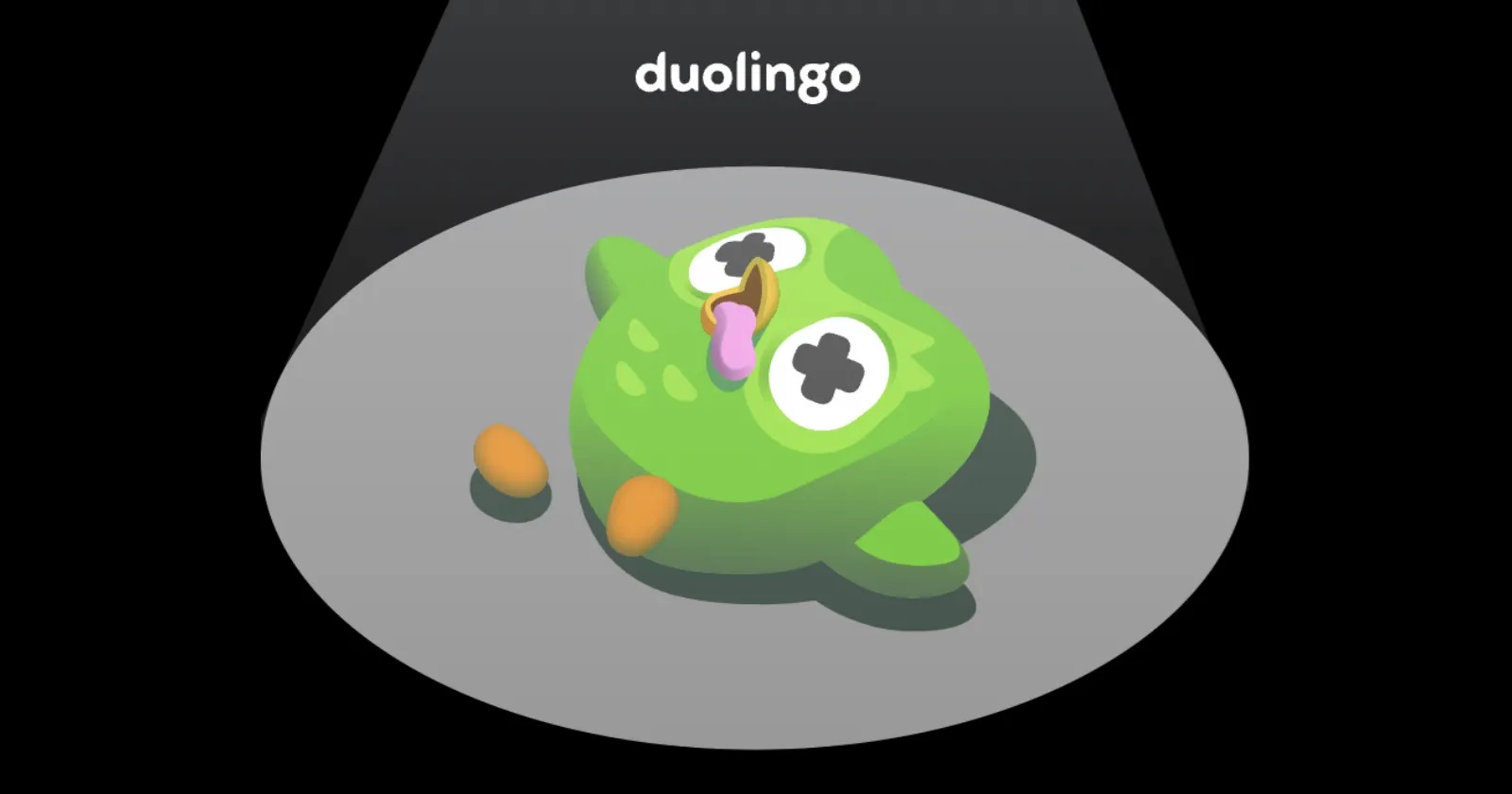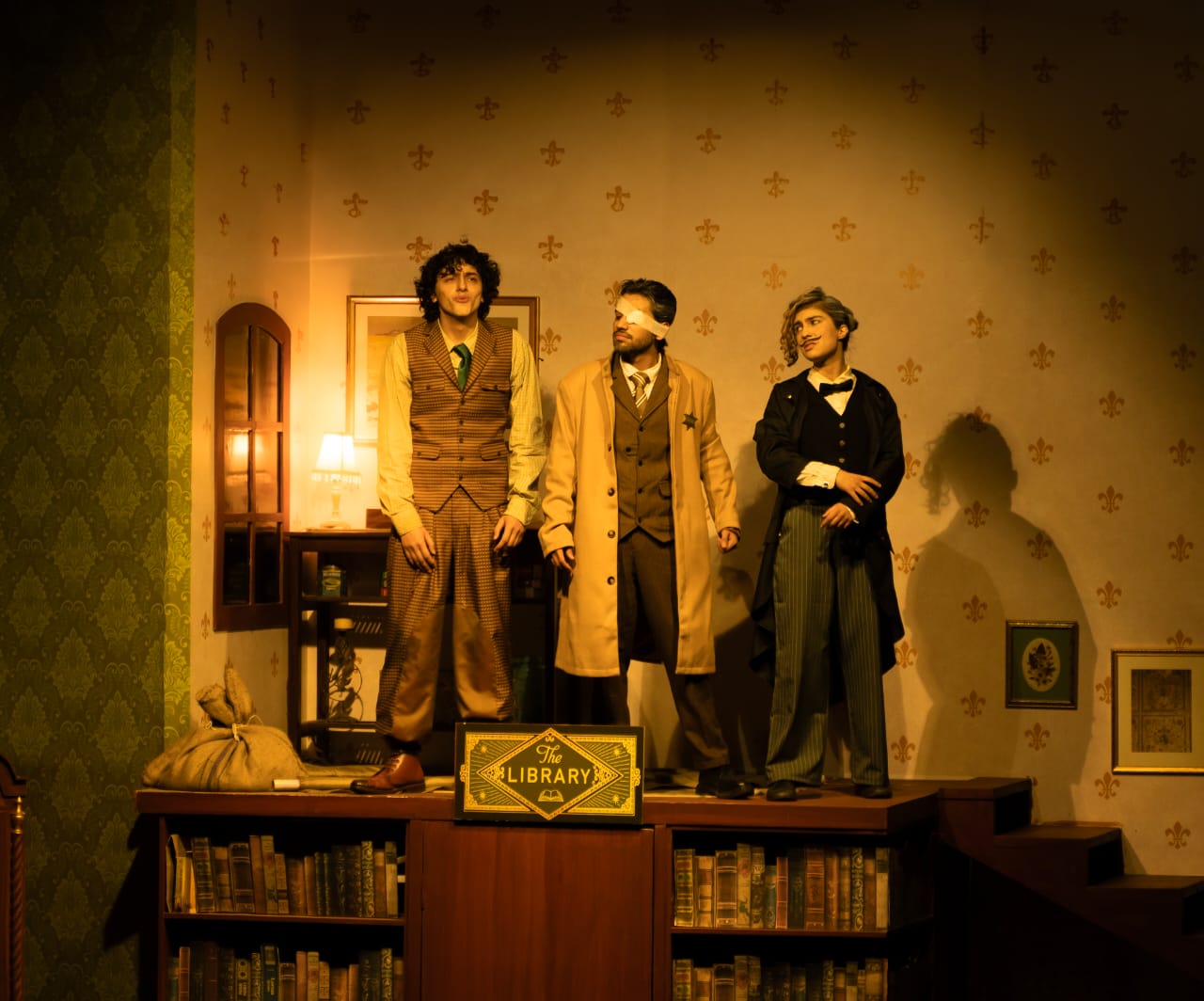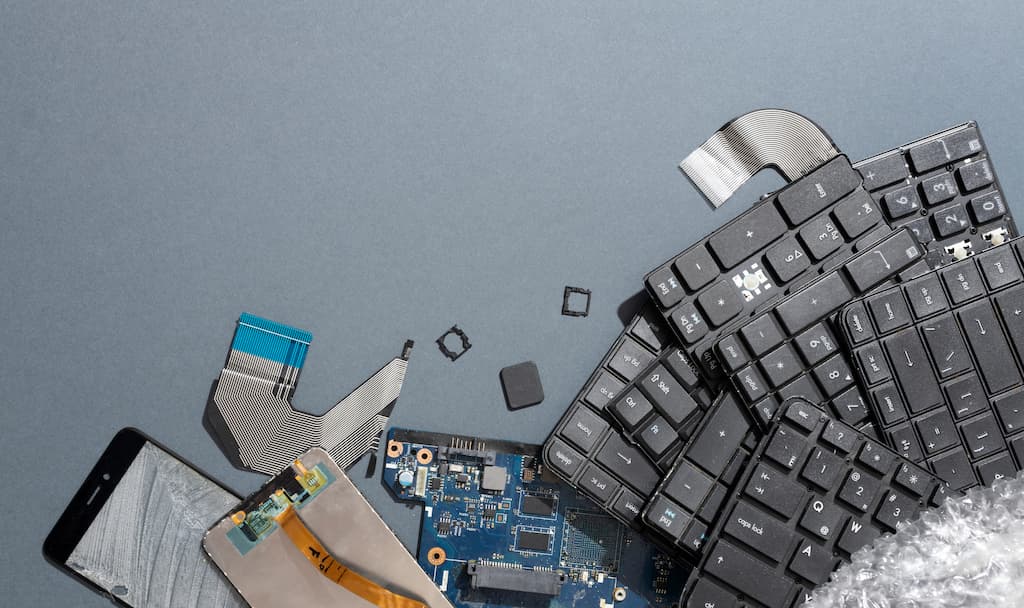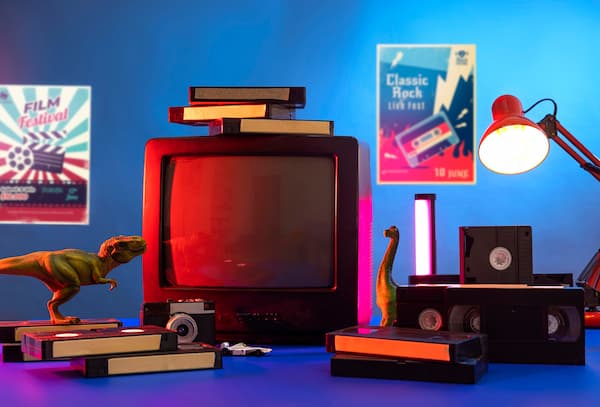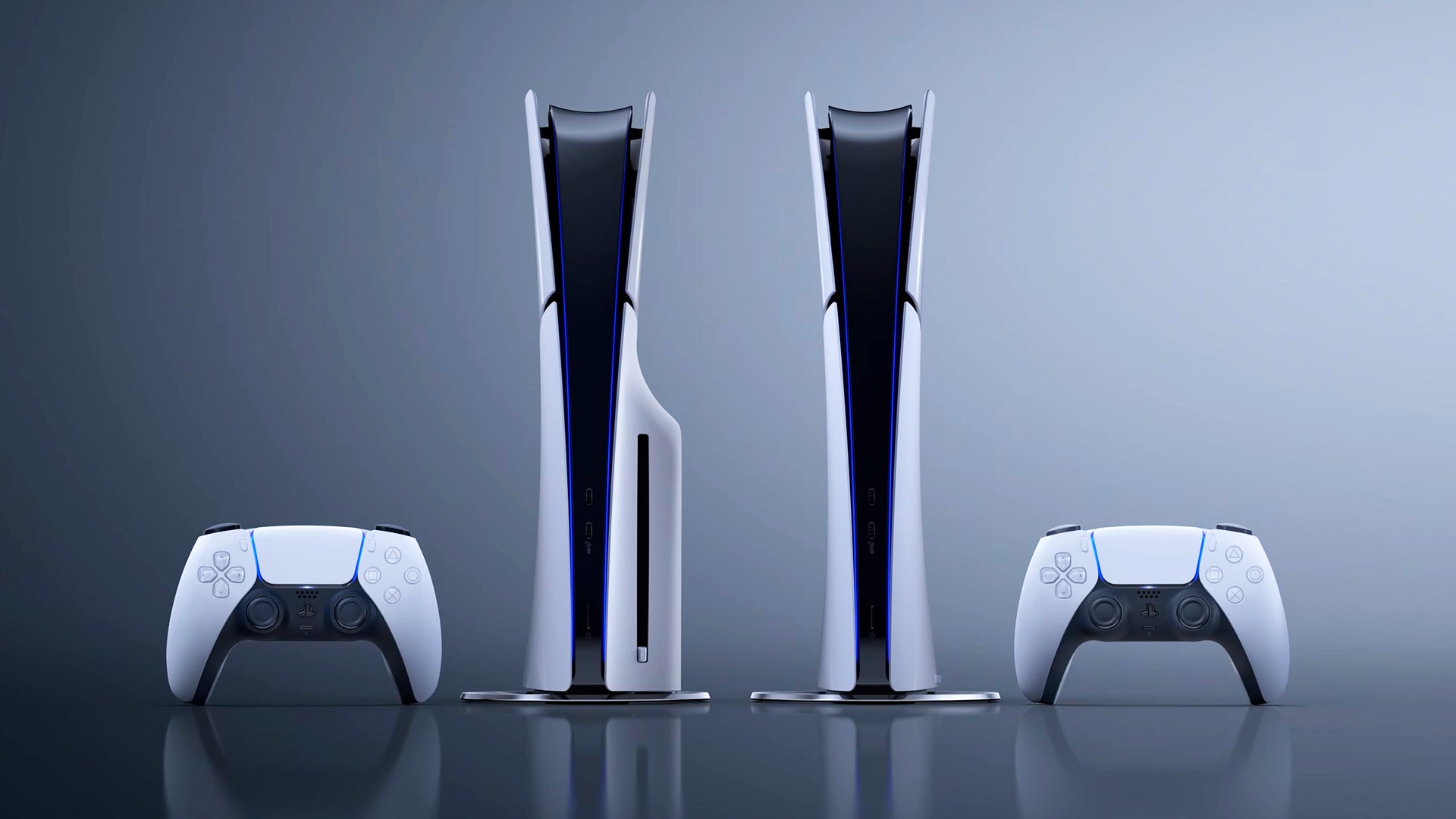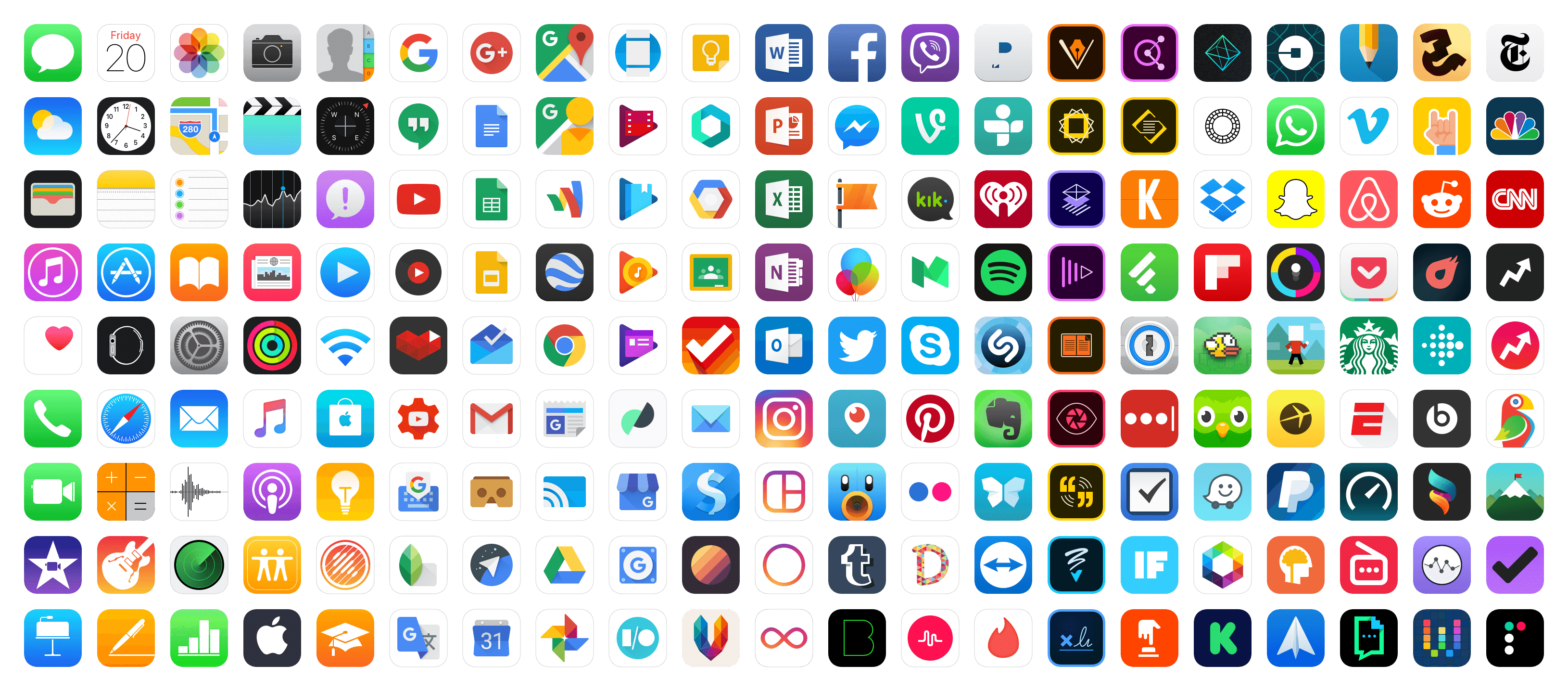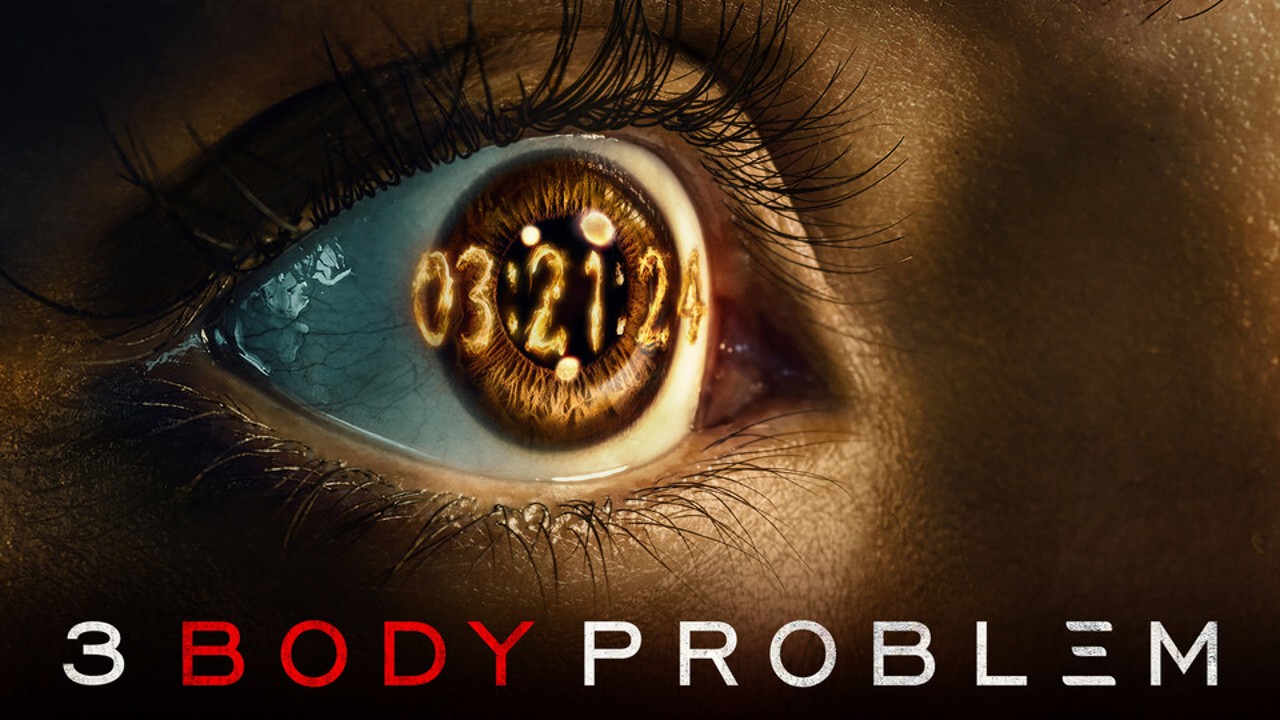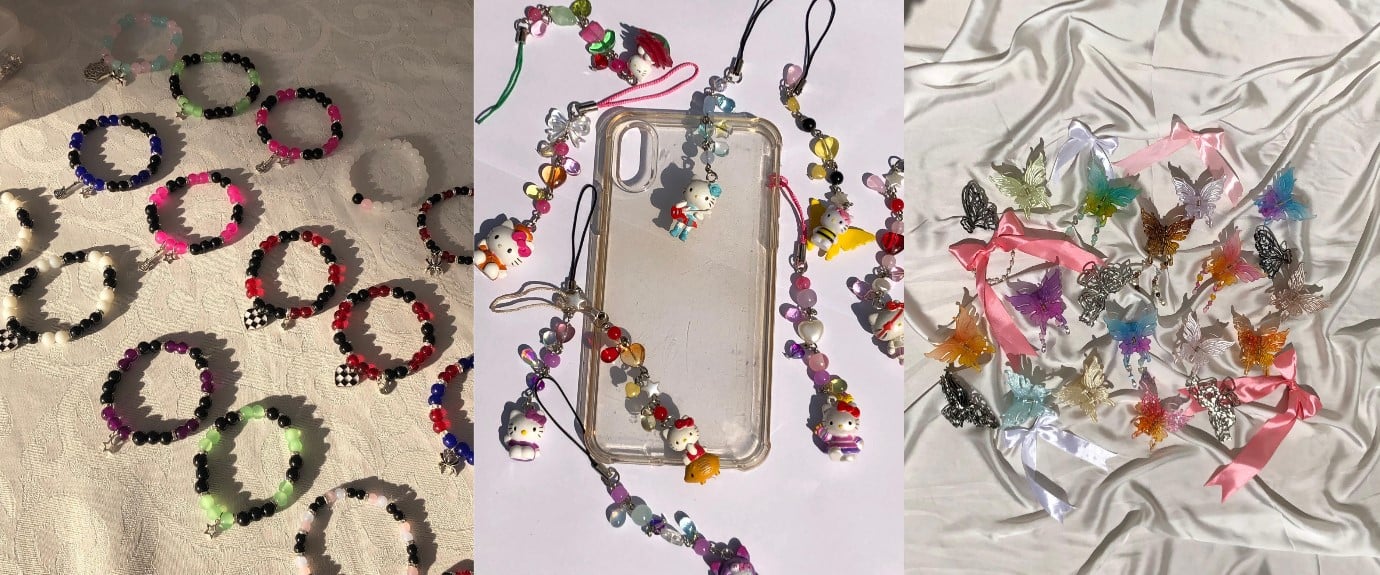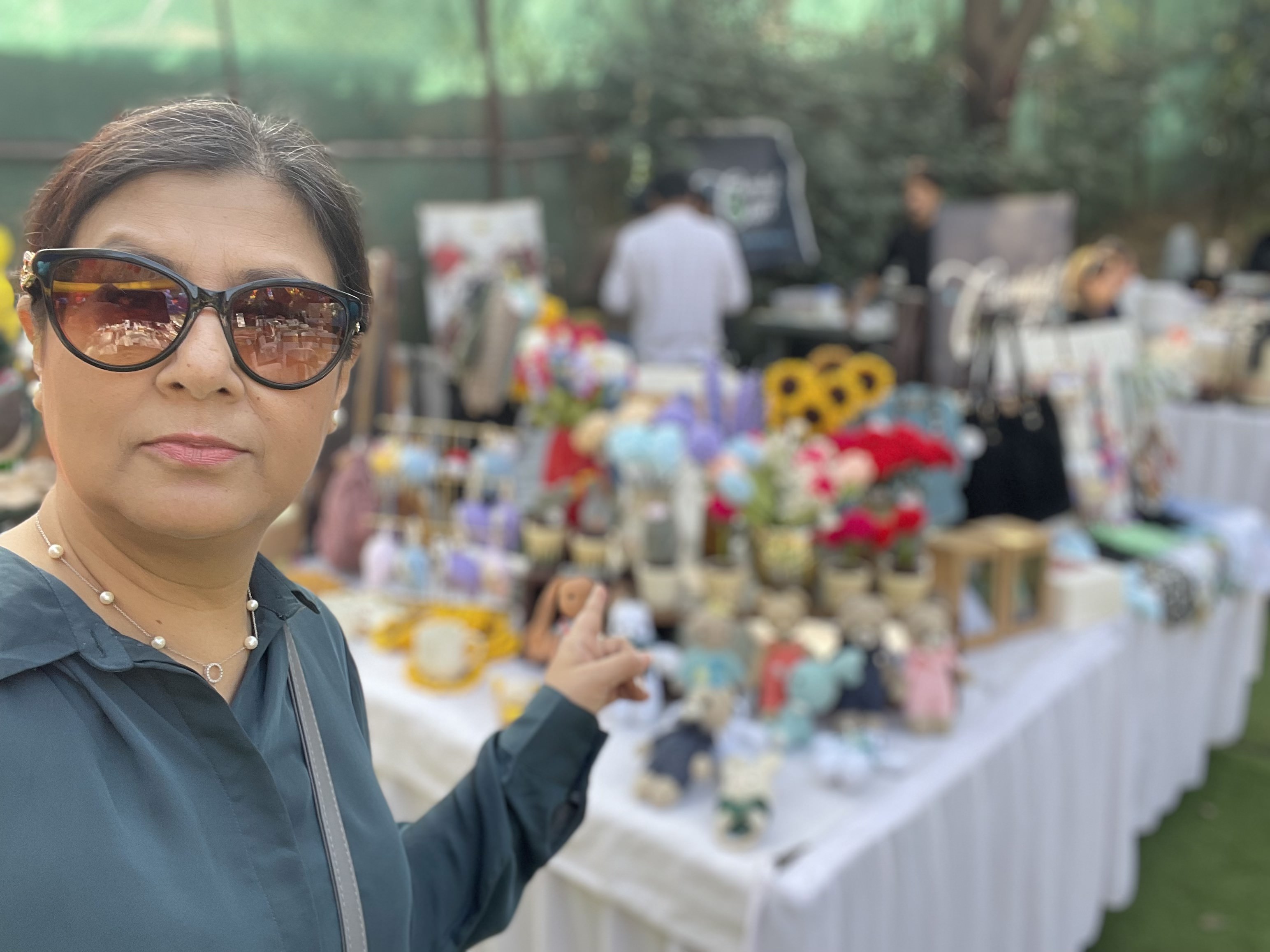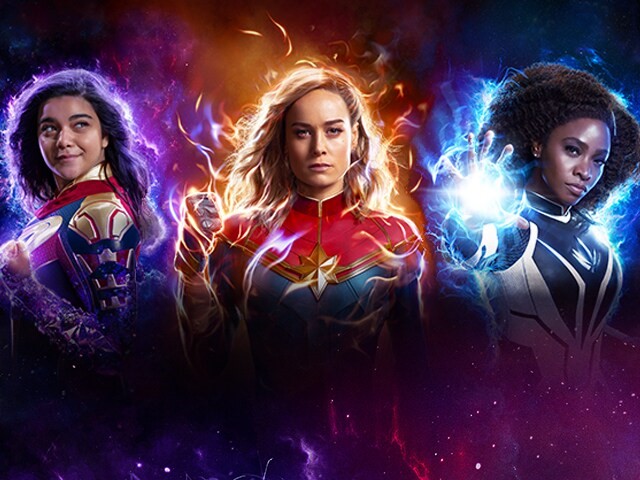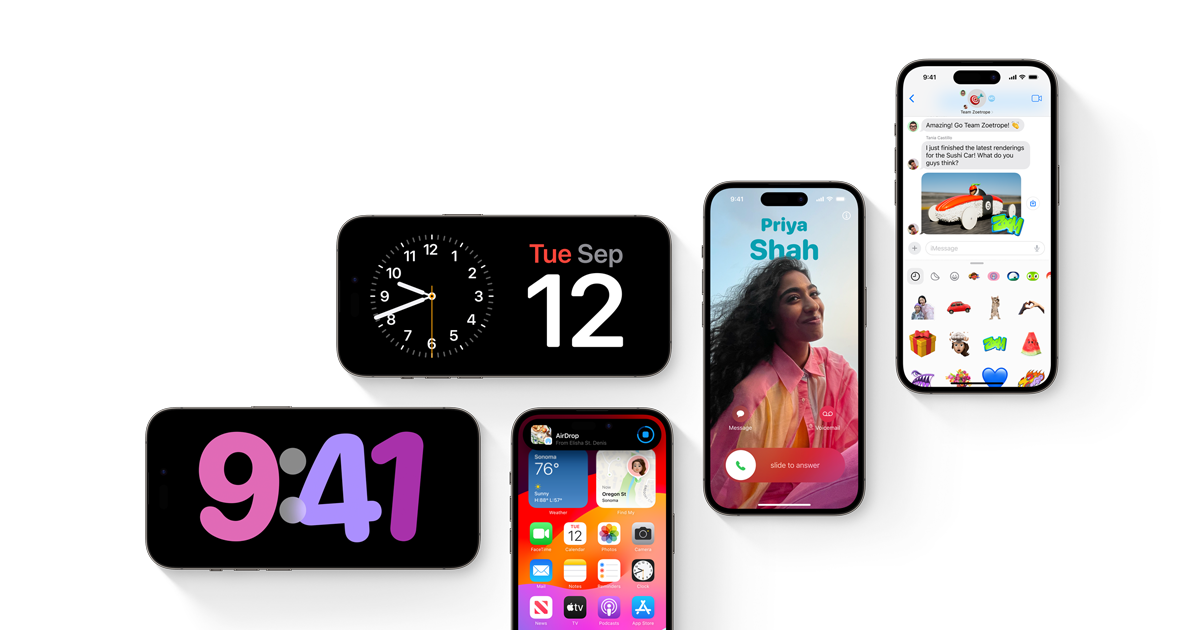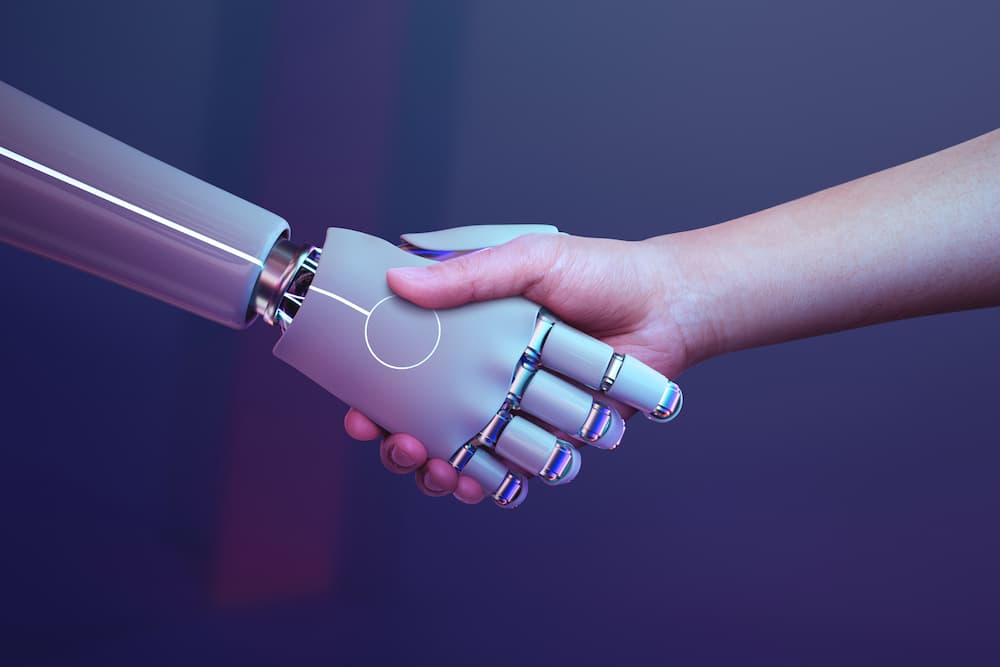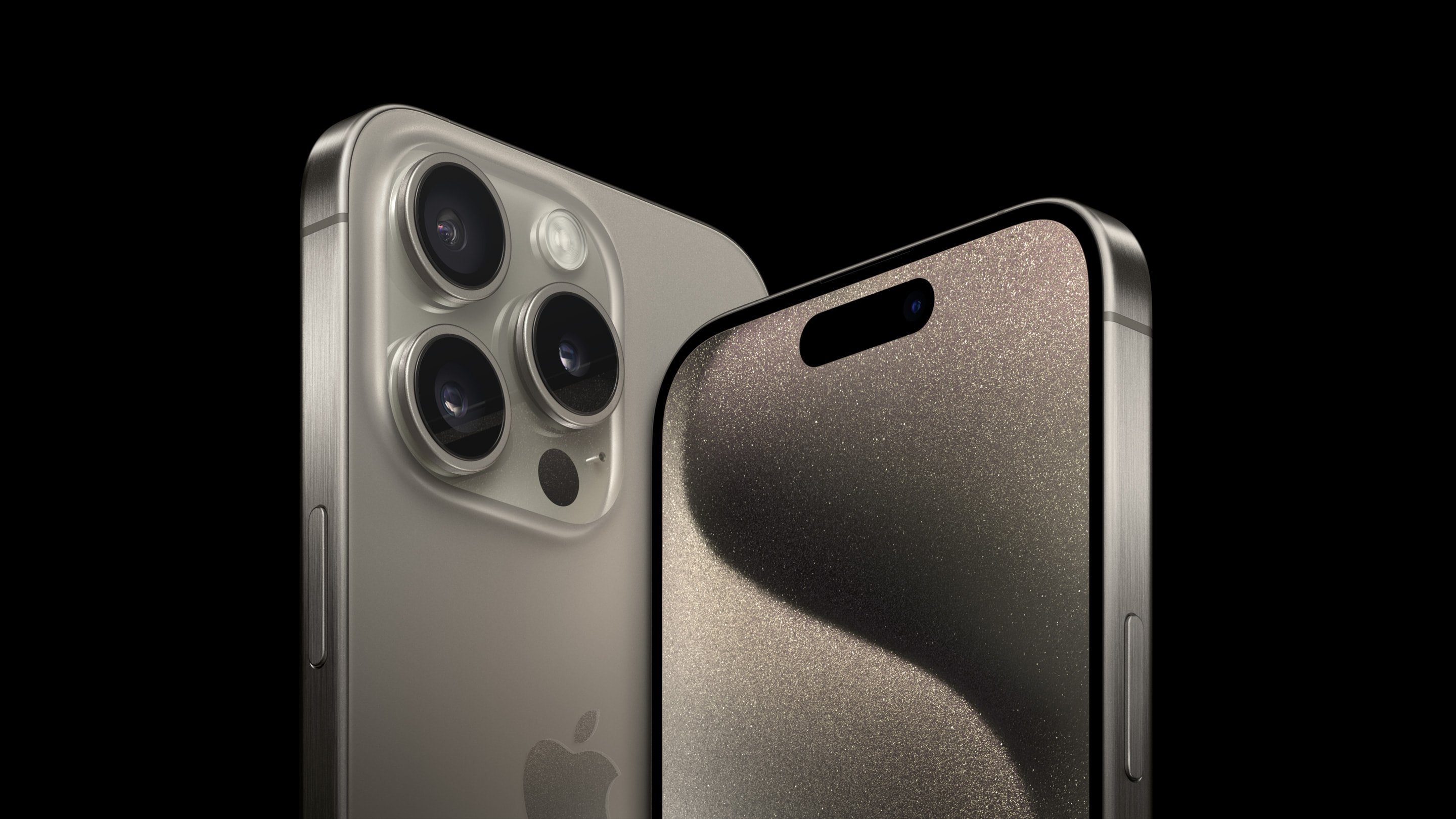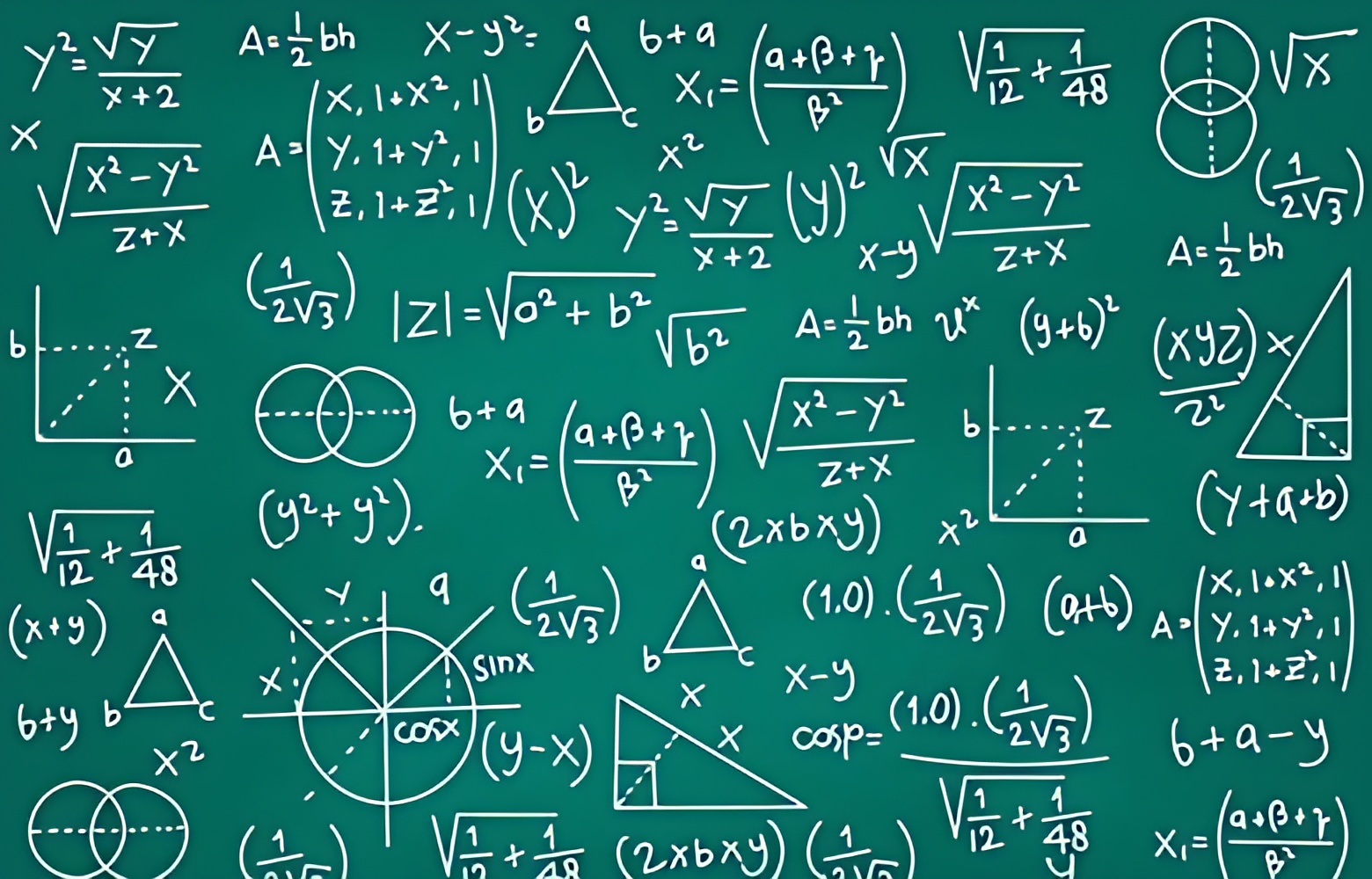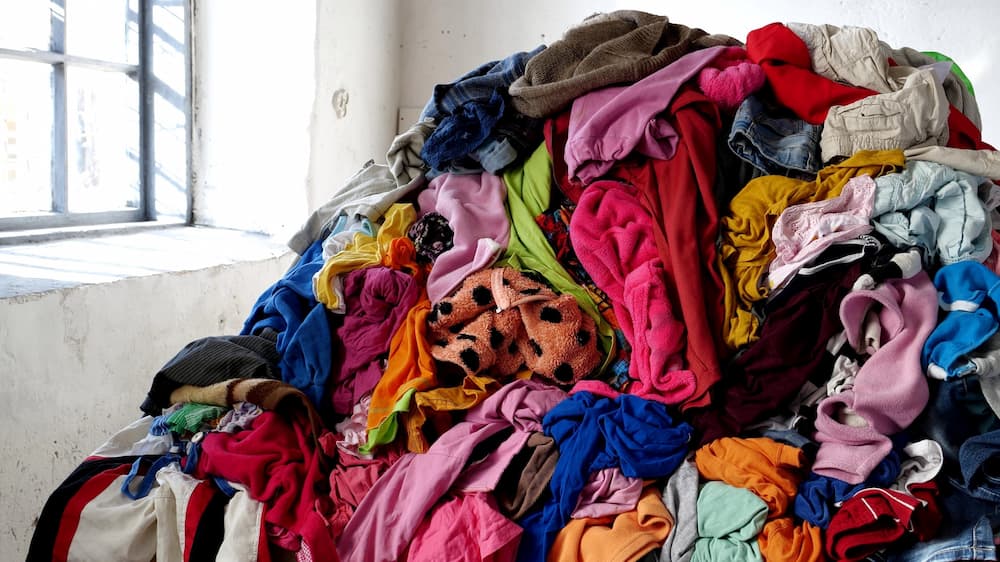Only the Paranoid Survive: Navigating Reality in the Age of Deepfakes
3 minutes read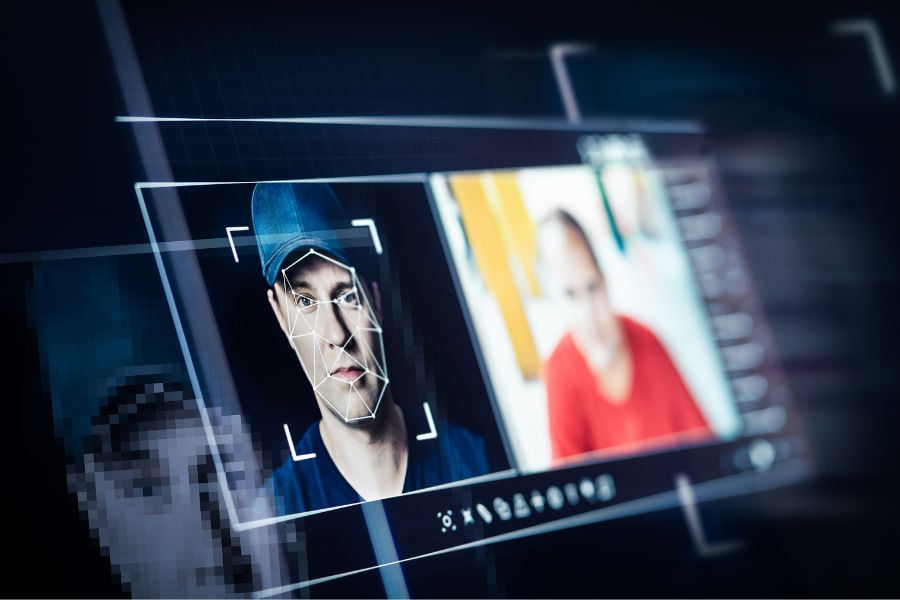
In 1977, Susan Sontag wrote, "Reality has come to seem more and more like what we are shown by cameras.” Decades later, her words resonate with unsettling accuracy as deepfake technology blurs the lines between the real and the artificial. In an era saturated with synthetic content, we must ask ourselves: what remains objective and real?
The Erosion of Reality
Sontag believed that photography served as both a coping mechanism and a means of control—allowing us to manage the chaos of the world, to hold it at arm’s length, and to shape it into something comprehensible. But what happens when photography and videography no longer capture reality but fabricate it?
Deepfake technology, powered by artificial intelligence, is no longer confined to the uncanny valley where synthetic faces felt eerie and unsettling. The uncanny valley refers to the strange discomfort people feel when they see something that looks almost human but not quite right—like a lifelike robot or a CGI character that is just a bit off. In the past, deepfakes were easy to spot because they triggered this uneasy feeling. However, today, these digital illusions are hyper-realistic, often surpassing the fidelity of real videos from just a decade ago. The unsettling truth is that technology is evolving faster than our ability to discern authenticity.
The Unseen Threat
The danger of deepfakes extends beyond entertainment or political manipulation—it redefines trust itself. If video evidence can be forged with near-perfect accuracy, how do we verify truth in an era where seeing is no longer believing?
Historical milestones once validated by footage—the moon landing, iconic speeches, acts of war—are at risk of reinterpretation through fabricated visuals. The phrase "I need to see it to believe it" is rendered meaningless when anything can be artificially constructed.
A Future of Synthetic Perception
Sontag argued that photographs offer an "inexhaustible invitation to deduction, speculation, and fantasy." But now, we risk living in a world where perception is fully untethered from reality. Deepfake technology has the power to transcend our senses, divorcing the visible from the real.
In the future, we will photograph everything and look at nothing. Our memories, our experiences, even our truths will be subject to digital revision, controlled by those with the most sophisticated tools. The question is no longer if deepfake technology will catch up to reality—it already has. The real question is: how will we adapt when reality itself is up for debate?
In this new age, only the paranoid survive.


